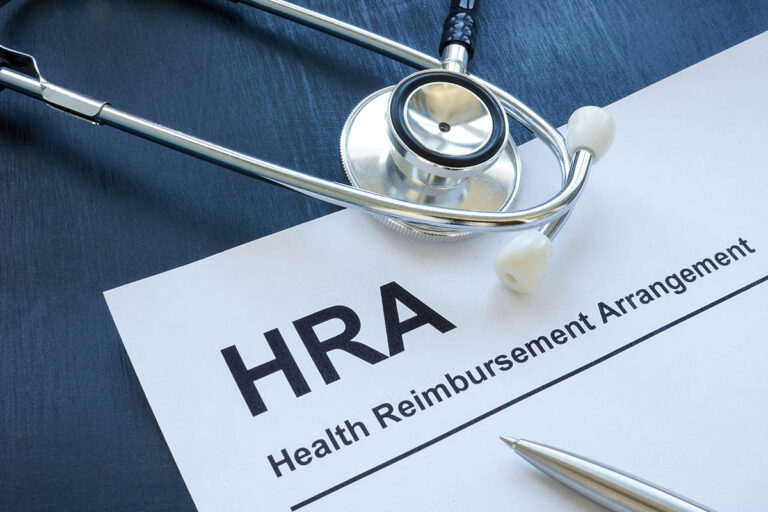As health and welfare benefits renewal time approaches each year, HR professionals begin to lose sleep over the threat of a renewal bombshell. Even if the benefits plan performance is monitored closely throughout the year, steadily rising healthcare and pharmacy costs and a host of other factors make it difficult to predict just how much the benefits renewal rate will increase for the next plan year. Without proper preparation, the employer could be in for a scary surprise.
Renewal rates are based on the benefits plan performance over the past year(s) in relation to the premium the employer has been paying. If claims have far exceeded the premium, be prepared to see a renewal rate increase.
Of course, there are many factors that play into the health and welfare benefits spend, including what type of plans are offered and the contributions from plan members, as well as things like pharmacy benefits. Recently I’ve seen a surge in claims related to specialty pharmacy drugs that treat complicated illnesses like cancer and auto immune diseases (specifically inflammatory conditions). The factors that feed program costs are complex, which can make predicting the renewal rate even more difficult.
However, the broker’s underwriting staff can provide a window into the benefits plan performance and help the employer prepare for changes to mitigate rising costs and meet the budget. I call this the no-surprise renewal approach.
How a No-Surprise Benefits Renewal Works
The key to a no-surprise benefits renewal is to proactively plan for rate adjustments as much as possible.
The next step is to anticipate how the benefits program will be impacted by a rate adjustment. Data capture and analysis is central to these efforts. While not all employer groups have access to the same data—which depends on their size and funding—there is often enough information to shed light on how the renewal is tracking.
Six months before benefits renewal time, the benefits broker underwriter uses carrier formulas to analyze the plan and predict what the increase will be. This gives the employer the opportunity to discuss adjustments to the plan to meet the budget and program goals. For example, the employer might shift a higher level of contributions to plan members or change office visit copays, increase deductibles or out-of-pocket maximums.
How Pre-Renewal Analysis Helps Employers Meet Budget Goals
Consider this real-life example: Through pre-renewal analysis, a 110-participant fully insured group faced a 40% rate increase from their insurance carrier. During this analysis, we saw that the group’s pharmacy spend was largely contributing to the increase.
Many insurance carriers force groups to bundle medical and pharmacy benefits together. However, this carrier allowed us to separate medical and pharmacy benefits and choose a pharmacy benefits manager to reduce costs. Since then, renewal rate increases for this employer have been in the low single digits.
Pre-renewal analysis through underwriting also helped a 300-participant fully insured group with two plans in place: one HDHP plan that included an HSA and one plan that did not include an HSA. We uncovered that the plan including an HSA performed much better than the non-HSA plan. However, 75% of the group used the non-HSA plan and 25% used the plan with the HSA.
We worked with the group over a couple of years to increase utilization on the HSA plan by educating employees on health savings accounts and structuring the plan so it became more favorable to choose the HDHP with the HSA. Reviewing plans mid-year has allowed this group to renew at rates less than the 7-10% trend increase each year.
Carrier Negotiations
Bringing to the employer’s attention all of the factors that contribute to the health and welfare benefits plan performance mid-year, as opposed to during renewal time, presents the opportunity to increase their education efforts if they feel employees are not utilizing the plan as well as they could. It also gives the employer an opportunity to discuss changes to the plan design for the coming year.
Part of the no-surprise renewal also means setting the stage with the carrier so they know exactly what we’re looking for. Six months prior to the benefits renewal date we let the carrier know they are on notice with their potential increase, especially if we feel it’s higher than it should be. At that point we start the negotiating process by letting them know what increase is fair and reasonable given the benefits plan performance.
A little bit of negotiation and understanding of how carrier formulas work can go a long way in helping employers prepare for a no-surprise renewal.





